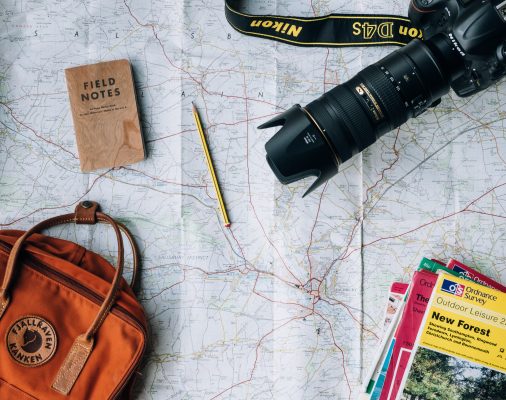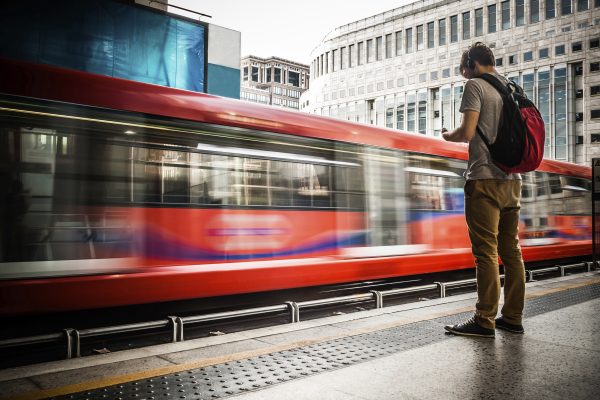Influencer marketing is a big industry. Over the last few years, influencers have become a vital aspect of the marketing mix, driving significant lead generation, pipeline, and revenue.
Globally, influencer marketing is worth over $10 billion USD, and is expected to grow 33.4% CAGR until 2030. In the UK, research shows 68% of B2C brands currently use influencer marketing, while 21% plan to soon – leaving only 11% languishing in the doldrums.
In the world of travel and tourism, influencers are an absolute staple. Research shows travel is the UK’s second most popular influencer category, behind only lifestyle. Across all aspects of social media and beyond, consumers are treated to high-quality travel content, showcasing new cultures and places that entertain and delight – often providing that much-needed inspiration and direction to book their next trip.
It’s clearly a burgeoning and lucrative market and, when done right, is a fantastic avenue for companies in the travel industry to tap into new audiences, boost brand sentiment, and increase awareness and engagement.
When done wrong, it can link your company name to the wrong people and messages, eroding consumer trust and potentially causing severe, and in some cases irreparable, damage to your brand reputation.
What’s changed? Why we’ve become obsessed with travel influencers
Despite its relatively short lifespan, influencer marketing has undergone a significant evolution during the past 10 years. Already, it’s transitioned from a world of repetitive and artificial celebrity endorsements to authentic and accessible snapshots of the lives of everyday, relatable people.
However, its rise was so rapid and abrupt, that the influencer market rapidly became oversaturated and unregulated. Governments reacted quickly, introducing safeguards and requirements enforcing more transparency between brands, influencers, and consumers.
The result is a still a highly competitive market, but one that has real potential to deliver some serious returns.
Gorgeous photos of stunning vistas, mouth-watering food blogs, or hair-raising adventure videos – travel content is tailor-made for a digital audience, making influencers the perfect partner.
After all, consumers ‘know’ the person behind the message. We’re watching people we like, that we engage with and relate to, enjoying the thrill of wanderlust. Consumers find the voices of their favourite influencers infinitely more powerful than a generic marketing ad on TV or in a magazine.
Not all influencers are made equal: Choosing the right travel partner
Authentic content and personalised relationships are the de facto genre for any marketing approach in the digital-first era, and travel influencers are no different.
The first step is selecting the right influencer. As such, brands should create vast shortlists of influencers, exploring their demographics, insights, values, and engagements. Consider their entire digital presence too, including different social platforms, channels, and even side-businesses.
A trap many travel brands fall into is partnering with a big influencer for the sake of it. They become blinded by vanity numbers, such as reach and followers, and don’t take into account whether the product they’re asking to promote will actually resonate with the influencer’s audience.
For example, partnering with a travel adrenaline junkie to promote a quiet meditation retreat is going to achieve minimal reach and engagement. Often, an influencer with only a few thousand highly-engaged followers will provide better campaign ROI than someone with millions of followers that doesn’t match the product or experience you’re trying to sell.
The brand, and more specifically marketing, must be the safeguard here, because influencers won’t always turn down a free gig, even if it doesn’t wholly align with their audience’s tastes and preferences. Partnering with big influencers often costs big money, so can be an expensive mistake to make.
Collaborative influencer relationships: Authentic and balanced travel content
Influencers will always create more authentic and complimentary content if they feel valued by the brands they’re working with.
The best way to achieve this is to make these campaigns as collaborative as possible. Rather than prescribe and dictate, ask the influencer for their personal thoughts on how they would improve or contribute to the campaign.
This extends to during the campaign as well. Give influencers ample time and creative freedom to make their content. Don’t cram their days with excursions and meetings – it won’t reflect well on the finished result.
But there needs to be a fine balance. After all, you are paying the influencer to provide a service, so giving too much freedom could result in low-quality work that doesn’t align with the campaign’s objectives or your brand values.
The best way to avoid this is by providing as much information as possible before the campaign starts, such as editorial and content guidelines, as well as working together to discuss the campaign’s objectives.
Also remember, humans are a perceptive bunch. We know when we’re being sold to, and we often detect when a travel influencer is being fake and overly-promotional. That’s why it’s important to allow influencers to present a balanced and authentic view of their trip. If their travel experience wasn’t entirely positive, then don’t attempt to censor them.
Of course, brands must look after their own, so it’s important the final campaign still ultimately promotes your brand product – but any criticism should be treated as constructive.
After all, people accept that travelling and holidays don’t always smoothly. How brands react to and rectify mishaps is often more beneficial to brand sentiment than if a mistake didn’t happen in the first place.
Here to stay: Travel influencers aren’t going anywhere soon
While influencers can sometimes be a divisive topic, there’s no denying their value in the travel and tourism industry. And they’re not a passing trend. In fact, research shows the influencer market has well over doubled in size during the past four years, and will continue to surge over the next decade.
The key to taking advantage of this ripe market is selecting the right influencers for the right campaigns, and working closely with them before, during, and after to ensure both the brand and influencer benefits from the work you’re creating together.









